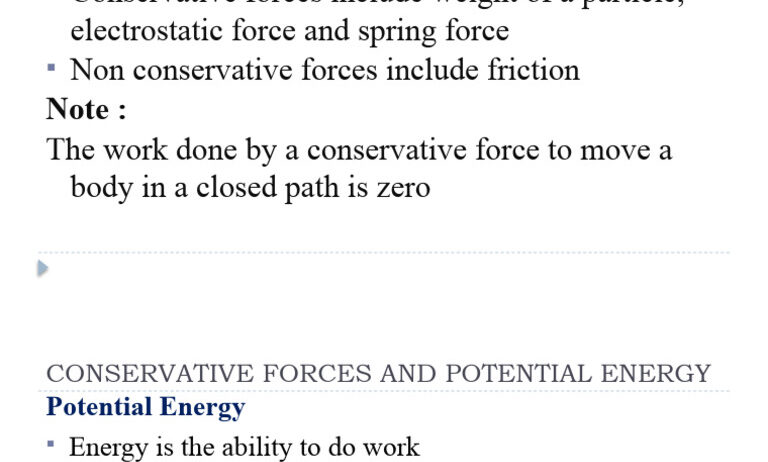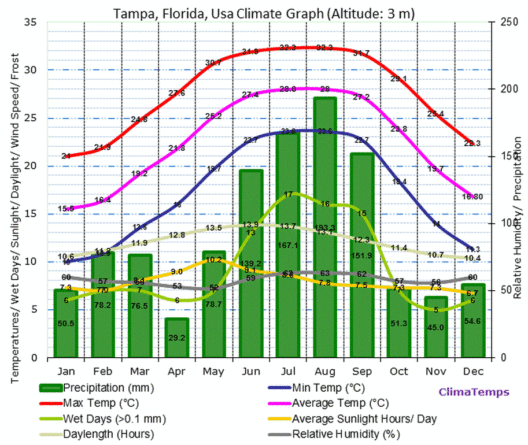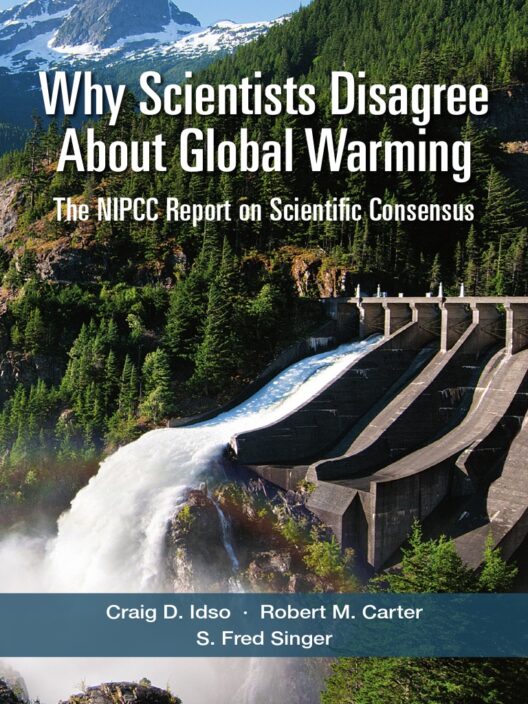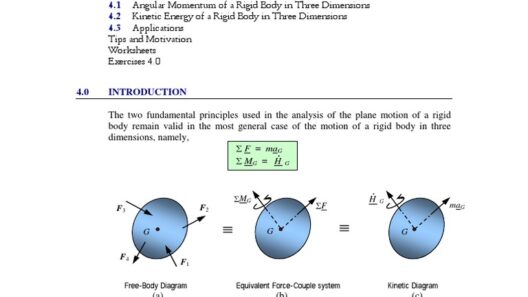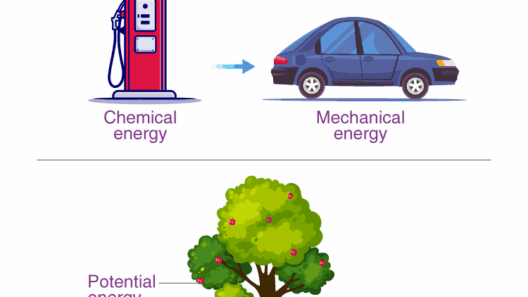When delving into the realms of physics, especially the intricate dynamics between forces and energy, one begins to unravel the complex relationship between conservative forces and potential energy. This fascinating interplay not only lays the foundation for classical mechanics but also propels inquiry into broader implications for conservation, sustainability, and even cosmic phenomena. The question, “Do conservative forces always accompany potential energy?” demands an exploration of definitions, principles, and subtle nuances that govern these concepts.
To establish a thorough understanding, let us first define conservative forces. In classical mechanics, a conservative force is one in which the work done by or against the force along any path depends solely on the initial and final positions of the objects involved, rather than on the specific trajectory taken. Common examples include gravitational and elastic (spring) forces. These forces have the defining characteristic that they can restore the system to its initial state without dissipating energy as heat or sound. The potential energy associated with a conservative force is the energy stored due to the positional configuration of objects affected by these forces.
The concept of potential energy can be elucidated through gravitational forces, perhaps the most immediately relatable. When an object is elevated against the pull of gravity, such as lifting a book from a table to a shelf, work is done on the object. This energy transferred to the object is stored as gravitational potential energy, which can later be converted back to kinetic energy when the object descends. It is critical to note that the gravitational force is conservative; thus, the work done is fully recoverable, maintaining the energetic equilibrium of the system.
Yet, the narrative becomes more intricate when examining scenarios involving non-conservative forces. A non-conservative force, unlike its conservative counterpart, does not conserve mechanical energy. Friction is a quintessential example; when an object slides across a surface, kinetic energy is transformed into thermal energy, which dissipates into the environment. Consequently, in systems dominated by these forces, potential energy concepts falter. If a force does not meet the criteria of being conservative, the corresponding potential energy cannot be derived or reliably defined.
The implication here is profound: conservative forces, by their very nature, yield potential energy, while the presence of potential energy signifies a conservative force at play. This fundamental relationship raises intriguing questions about the broader contexts in which these forces operate. In systems where energy conservation is paramount—such as renewable energy technologies, natural ecosystems, or even planetary formations—understanding the interplay between conservative forces and potential energy becomes indispensable.
Take, for instance, the world of renewable energy. The potential energy stored in water behind a dam is due to gravitational conservative forces. As water is released to generate electricity, this potential energy is converted into kinetic energy and subsequently into electrical energy. Herein lies a prime example of energy conservation that is contingent upon the principles of conservative forces and their potential energy. Thus, the narratives of potential energy not only promise a shift in perspective regarding energy conservation at human scales but also highlight the interconnectedness of natural forces and our technological innovations.
Moreover, examining planetary systems through this lens unveils more cosmic implications. Celestial bodies—planets, moons, stars—exist in a delicate dance governed by gravitational forces, which are inherently conservative. The potential energy of a planet in relation to its star not only dictates its orbital behavior but also influences climate conditions, geological processes, and ultimately the viability of life. This correlation between conservative forces, potential energy, and planetary systems evokes curiosity about the vastness of the universe and the underlying principles that govern seemingly chaotic environments.
Transitioning from macro to micro, while the relationship between conservative forces and potential energy is vividly observable in planetary systems and energy technology, it also extends to microscopic systems and molecular interactions. Here, one encounters the fascinating behaviors within chemical systems governed by electrostatic forces, which are also conservative. The potential energy in these systems, defined by the arrangement of electrons around atomic nuclei, plays essential roles in chemical bonding and reactions. Understanding this potential then informs energy transitions in biological processes, such as photosynthesis or cellular respiration, optimizing the intricate dance of life itself.
Yet, while the existence of potential energy is synonymous with conservative forces in classical mechanics, the investigation must prompt additional reflection: Can conservative forces exist without yielding potential energy? Theoretical frameworks in physics, particularly within fields like quantum mechanics and field theories, suggest scenarios where forces might not qualify in the classical sense, potentially rewriting or broadening established definitions. Such contemplation invites an exploration into uncharted territories of physical laws—pushing the boundaries of knowledge and beckoning innovative thought.
In conclusion, the query of whether conservative forces are invariably accompanied by potential energy leads to a rich tapestry of relationships and inquiries. From gravitational forces lifting objects into the air to the grand choreography of planets, the connection remains fundamentally integral to our understanding of energy conservation and dynamics. This discourse, steeped in scientific rigor, illuminates avenues for investigation not only in practical applications but also in theoretical interpretations of the universe’s operant principles. Ultimately, bridging these concepts bolsters a robust appreciation of the delicate balance sustains all energy transformations affecting our world and beyond.



